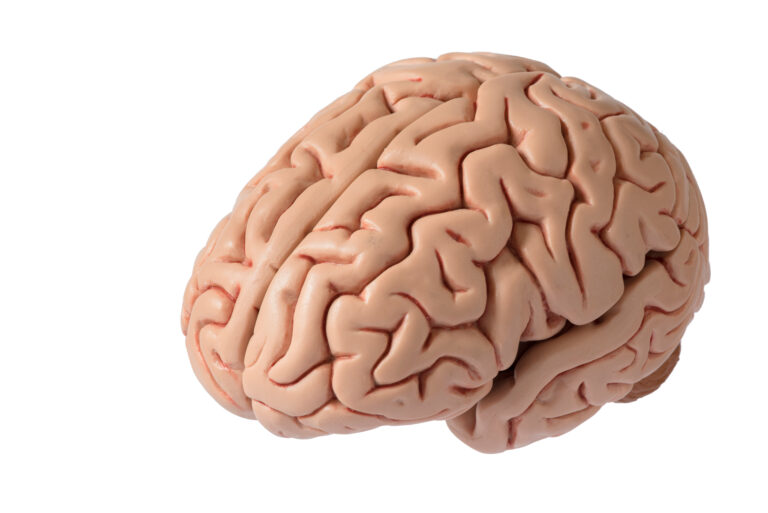Alzheimer’s disease is a progressive brain disorder that affects millions of people worldwide. It is the most common cause of dementia, a decline in cognitive function that interferes with daily life. The disease gradually destroys memory, thinking skills, and eventually the ability to carry out simple tasks. Despite decades of research, there is still no cure for Alzheimer’s, and the exact causes are not fully understood. However, a groundbreaking study has recently been published, shedding new light on this devastating disease.
The study, published in the scientific journal Nature, was conducted by an international team of researchers from the Allen Institute for Brain Science in Seattle, Washington. The team used advanced techniques to map the different cell types in the brain that are affected by Alzheimer’s disease. This is the first time such a comprehensive map has been created, and it has already revealed new insights into the disease.
To understand the significance of this study, we must first understand the structure of the brain. The human brain is made up of billions of cells called neurons, which communicate with each other through electrical and chemical signals. These neurons are supported by other types of cells called glial cells, which provide structural support and help to regulate the environment around neurons.
In Alzheimer’s disease, certain areas of the brain shrink as neurons and synapses (the connections between neurons) are damaged and destroyed. This damage primarily occurs in the hippocampus, the part of the brain responsible for forming new memories, and the cerebral cortex, which is involved in thinking and problem-solving.
The researchers set out to create a detailed map of the different cell types in these two regions of the brain and how they are affected by Alzheimer’s disease. To do this, they used a technique called single-cell RNA sequencing, which allows them to analyze thousands of individual cells at once and identify which genes are being expressed in each cell.
The results of the study were astonishing. The researchers found that there are over 60 different types of cells in the hippocampus and cerebral cortex, each with unique genetic profiles and functions. They also discovered that Alzheimer’s disease affects not only neurons but also a specific type of glial cell called astrocytes.
Astrocytes have long been known to play a role in regulating the environment around neurons, but this study showed that they are crucially involved in the development and progression of Alzheimer’s disease. The researchers found that astrocytes undergo significant changes in gene expression as the disease progresses, which disrupts their important support functions for neurons.
This groundbreaking study has provided a new level of understanding of the molecular and cellular changes that occur in the brain during Alzheimer’s disease. It has also identified new potential targets for treatments to slow or stop the disease’s progression. By targeting these specific cell types and their unique genetic profiles, future treatments may be more effective in delaying or even preventing the development of Alzheimer’s disease.
Furthermore, this study has opened up new avenues for research into other neurodegenerative diseases. Many of the cell types identified in this study are also involved in other diseases, such as Parkinson’s and Huntington’s disease. The researchers believe that their map could be used as a reference guide for future studies on these diseases, potentially leading to breakthroughs in their treatment as well.
However, there is still much work to be done before this new knowledge can be translated into effective treatments for Alzheimer’s disease. The researchers plan to continue their studies by investigating how different cell types interact with each other and how these interactions change in the presence of Alzheimer’s disease.
In addition, this study highlights the importance of early detection and intervention in Alzheimer’s disease. By understanding which cell types are affected and how they change, researchers may be able to develop diagnostic tests that can identify the disease in its early stages, allowing for more effective treatments.
In conclusion, the groundbreaking study mapping brain cell types affected by Alzheimer’s disease has provided valuable insights into the disease’s mechanisms and potential treatment targets. This research not only advances our understanding of Alzheimer’s but also paves the way for further discoveries in the field of neurodegenerative diseases. With continued research and development, we may one day have effective treatments to combat this devastating disease and improve the lives of millions of people worldwide.





